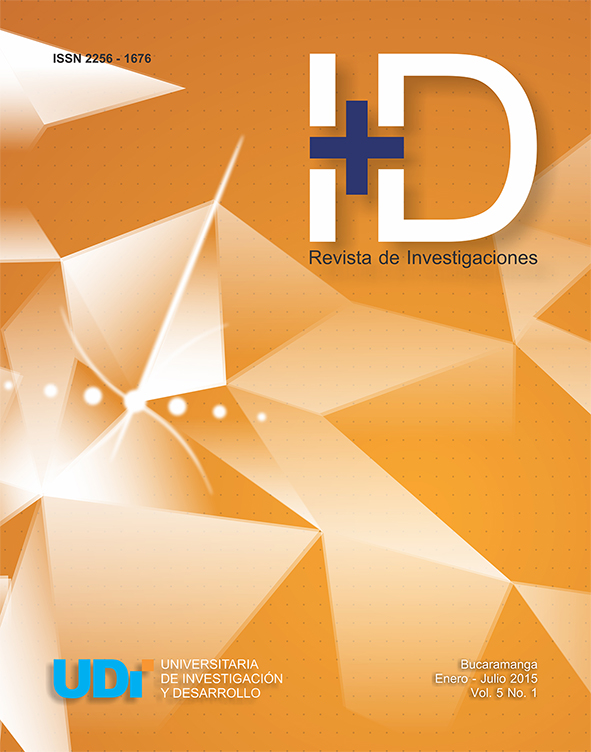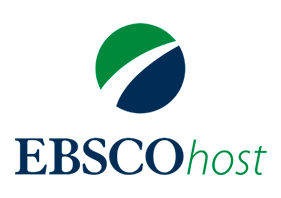Revisiting sustainability strategies of companies through a business systemic vision
DOI:
https://doi.org/10.33304/revinv.v05n1-2015002Keywords:
Entrepreneurship, Entrepreneurial, Vision, Systems, Business models, Enterprise architecture, Mining business strategyAbstract
This article presents a theoretical proposal that addresses the problem of sustainability of enterprises over time is presented. The proposal seeks to answer the question: what are the factors that affect the growth, development, sustainability and durability of the companies? and responds through identifying a main factor which triggered all the others: business systemic (VSE). This consists of three components that allow a clear focus on the strategic points of a company following a defined order which will understand at what stage of the evolutionary process of the company are and what factors or strategic elements should be taken into acoount to continue evolve and move on the other levels of business development.Downloads
References
Afuah, A., & Tucci, C. (2000). A Model of Internet Creative Destroyer.
Aldrich, H., & Pfeffer, J. (1976). Evironments of organizations. Annual Review of Sociology, 79-105.
Bertalanffy, L. (1950). Teoría General de los Sistemas. TGS.
Bertalanffy, L. (1951). General systems theory - A new approach to unity of science (Symposium), Human Biology. p. 303-361.
Buyya, R., Yeo, C., Venugopal, S., & Broberg, J. &. (2009). Cloud computing and emerging IT platforms: Vision, hype, and reality for delivering computing as the 5th utility. Future Generatiom Computer Systems, 10, 1-8.
Bygrave, & Zacharakis. (2008). 594.
Chandler, A. (1962). Strategy and Structure. Estados Unidos: University of Cambridge.
Chesbrough, H., & Rossenbloom. (2003). The Role of the Business Model. HBS Press.
Confecámaras. (5 de Septiembre de 2013). Las empresas tienen la capacidad de impulsar la transformación para la competitividad. Obtenido de : CONFECAMARAS: htttp://www.confecamaras.prg.co/noticias/212-las-empresas-tienen-la-capacidad-de-impulsar-la-transformacion-para-la-competividad
Duening, & Sherril. (2006). Entrepreneurship: Exploring Entrepreneurship from a Business process Perspective".
Galán, J. (2004). Coherencia entre el Cambio Estratégico y Organizativo. España: Universidad de Salamanca.
Hamel, G. (2002). Leading the Revolution. Bogotá, 2000: Grupo Editorial Norma.
Johnson, Christensen, & Kagermann. (2008). Reinventing your Business Model.
Lorsch, P., Lawrence, & Fay, W. (1967). Differentiation and Integration in Complex Organizations. Obtenido de www2.bc.edu: http:/www2.bc.edu/~jonescq/mb851/Jan29/lawrenceLorsch_ASQ_1967.pdf
Magretta, J. (2002). La importancia de los modelos de negocio. Harvard Deusto business review, 28-35.
Osterwalder, A., & Pigneur, Y. (2011). Generación de modelos de negocio.
Pfeffer, J. (1982). Organizations and organzation theory. Pitman: MarshfieldMA.
Porter, M. (1979). Modelo de Competitividad de las 5 Fuerzas. Cambridge (Massachusetts).
Porter, M. (1999). Competitive Strategy.
Sánchez, J. (2004). Coherencia entre el cambio estratégico y organizativo. Salamanca, España: Universidad de Salamanca.
Scoles, & Checkland. (1994). Teoría de los sistemas suaves.
Slywotzky, A. (2003). El arte de hacer rentable una empresa. Bogotá: Grupo Editorial Norma.












